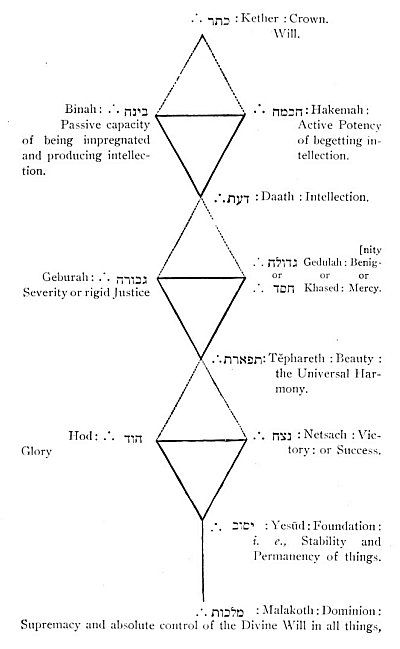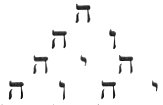But among the Greeks, Egyptians, Chaldæans, Persians, and Assyrians, the doctrine of the two Principles formed a complete and regularly arranged theological system. It was the basis of the religion of the Magi and of Egypt. The author of an ancient
p. 662
work, attributed to Origen, says that Pythagoras learned from Zarastha, a Magus at Babylon (the same, perhaps, as Zerdusht or Zoroaster), that there are two principles of all things, whereof one is the father and the other the mother; the former, Light, and the latter, Darkness. Pythagoras thought that the Dependencies on Light were warmth, dryness, lightness, swiftness; and those on Darkness, cold, wet, weight, and slowness; and that the world derived its existence from these two principles, as from the male and the female. According to Porphyry, he conceived two opposing powers, one good, which he termed Unity, the Light, Right, the Equal, the Stable, the Straight; the other evil, which he termed Binary, Darkness, the Left, the Unequal, the Unstable, the Crooked. These ideas he received from the Orientals, for he dwelt twelve years at Babylon, studying with the Magi. Varro says he recognized two Principles of all things,–the Finite and the Infinite, Good and Evil, Life and Death, Day and Night. White he thought was of the nature of the Good Principle, and Black of that of the Evil; that Light and Darkness, Heat and Cold, the Dry and the Wet, mingled in equal proportions; that Summer was the triumph of heat, and Winter of cold; that their equal combination produced Spring and Autumn, the former producing verdure and favorable to health, and the latter, deteriorating everything, giving birth to maladies. He applied the same idea to the rising and setting of the sun; and, like the Magi, held that God or Ormuzd in the body resembled light, and in the soul, truth.
Aristotle, like Plato, admitted a principle of Evil, resident in matter and in its eternal imperfection.
The Persians said that Ormuzd, born of the pure Light, and Ahriman, born of darkness, were ever at war. Ormuzd produced six Gods, Beneficence, Truth, Good Order, Wisdom, Riches, and Virtuous Joy. These were so many emanations from the Good Principle, so many blessings bestowed by it on men. Ahriman, in his turn, produced six Devs, opponents of the six emanations from Ormuzd. Then Ormuzd made himself three times as great as before, ascended as far above the sun as the sun is above the earth, and adorned the heavens with stars, of which he made Sirius the sentinel or advance-guard: that he then created twenty-four other Deities, and placed them in an egg, where Ahriman also placed twenty-four others, created by him, who broke the egg,
p. 663
and so intermingled Good and Evil. Theopompus adds that, according to the Magi, for two terms of three thousand years, each of the two Principles is to be by turns victor and the other vanquished; then for three thousand more for each they are to contend with each other, each destroying reciprocally the works of the other; after which Ahriman is to perish, and men, wearing transparent bodies, to enjoy unutterable happiness.
The twelve great Deities of the Persians, the six Amshaspands and six Devs, marshalled, the former under the banner of Light, and the latter under that of Darkness, are the twelve Zodiacal Signs or Months; the six supreme signs, or those of Light, or of Spring and Summer, commencing with Aries, and the six inferior, of Darkness, or of Autumn and Winter, commencing with Libra. Limited Time, as contradistinguished from Time without limits, or Eternity, is Time created and measured by the celestial revolutions. It is comprehended in a period divided into twelve parts, each subdivided into a thousand parts, which the Persians termed years. Thus the circle annually traversed by the Sun was divided into 12,000 parts, or each sign into 3,000: and thus, each year, the Principle of Light and Good triumphed for 3,000 years, that of Evil and Darkness for 3,000, and they mutually destroyed each other’s labors for 6,000, or 3,000 for each: so that the Zodiac was equally divided between them. And accordingly Ocellus Lucanus, the Disciple of Pythagoras, held that the principal cause of all sublunary effects resided in the Zodiac, and that from it flowed the good or bad influences of the planets that revolved therein.

Moe is the founder of GnosticWarrior.com. He is a father, husband, author, martial arts black belt, and an expert in Gnosticism, the occult, and esotericism.






